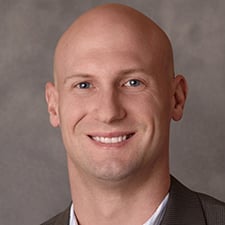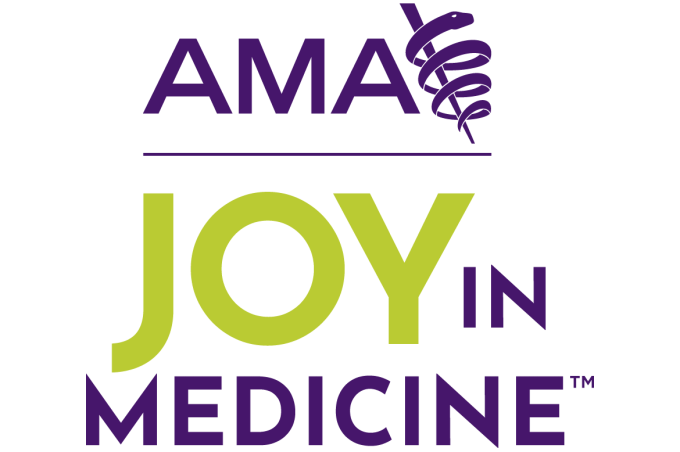A U.S. surgeon general’s advisory last year raised alarms about loneliness and social isolation in the U.S. A sobering example of this epidemic is the dramatic rise in suicide rates among kids 8–12 years old over the last two decades.
Many children and teens face mental health, emotional wellness or substance use challenges. In fact, 40% of high school students report persistent feelings of sadness or hopelessness. Meanwhile, in 2023, more than 5.3 million children 12 to 17 years old—about 20% of adolescents—had a current diagnosed mental or behavioral health condition such as depression, anxiety, substance use disorder or suicidal thoughts. While these issues are treatable, it can be difficult for parents and caregivers to know how to help or where to find support.
Meanwhile, from 2001 to 2022, there were 2,241 U.S. preteens who died by suicide, which is a significant increase over a 20-year period, according to a study published in JAMA Network Open. Suicide rates among preteen girls rose disproportionately compared to boys, and preteens who were Black had the highest rates of suicides. The findings signify an urgent need to better engage with preteens.
That is why The Permanente Medical Group is taking steps to accomplish this, offering a plethora of “mental fitness” tools such as well-being apps, therapy and support groups to help young people cope with loneliness, isolation, stress, depression and suicidal thoughts.
As a preventive care model, The Permanente Medical Group’s goal is to find problems before they manifest.
“This is why screening families and pediatrics is so important,” said Matthew Holve, MD, associate chair of child and adolescent psychiatry at The Permanente Medical Group in Northern California.
The Permanente Medical Group is a member of the AMA Health System Program, which provides enterprise solutions to equip leadership, physicians and care teams with resources to help drive the future of medicine.
Across the Permanente Medical Groups, physicians and care teams screen for moods as well as adverse childhood experiences, “which is consistently one of the best predictors we have for future mental health concerns,” said Dr. Holve.
Impact of COVID-19, social media
Multiple factors have contributed to the rise in depression and social isolation among children 8 to 12. For example, preteens are very aware of unrealistic standards and what levels they should be performing at, from an academic and extracurricular standpoint, according to Dr. Holve. This contributes to increased stress in their world.
Increasing numbers of preteens and teens are also facing housing or food insecurity. There’s also evidence that spending more than three hours on social media a day can exacerbate mental health problems in teens and young adults, Dr. Holve noted. Preteens without a lot of adult guidance or supervision often get exposed to inappropriate content that could lead to harm such as depression and isolation.
Meanwhile, the COVID-19 public health emergency was particularly damaging for preteens. That is because the closing of schools—a primary source of social engagement—along with the loss of sports, theater and music left many kids without meaningful outlets or connections.
Screening, evidence-based therapy help
Having an integrated care system is a huge advantage for addressing these types of problems, said Dr. Holve.
“We use universal screeners to identify a wide range of mental health problems for youth,” he said, noting that if problems are identified, embedded therapists in the pediatric clinics can quickly address the issue.
The U.S. Preventative Services Task Force (USPSTF) recommends screening for anxiety in children and adolescents 8 to 18 years old. The USPSTF also recommends screening for major depressive disorder in adolescents 12 to 18 years old.
Patients may also get a referral to the psychiatry department where they can receive individual therapy, educational classes, therapeutic groups or medication.
Therapy is extremely important in addressing depression, said Dr. Holve “We all have thoughts and patterns of behavior that negatively affect our mood. Many therapies like cognitive behavioral therapy help us challenge these patterns so we can respond more positively to our situation.”
Evidence-based therapy tracks for things such as trauma-focused cognitive behavioral therapy and dialectical behavioral therapy are also under development.
Medication can certainly help with treating depression, but Dr. Holve clarified that it's never the first line approach. It assists with regulating sleep, energy and appetite, which makes it easier for patients to engage in therapy or change what they need to change, he noted.
24/7 well-being apps
Different types of apps make it easier for Kaiser Permanente patients to seek mental health support. Apps introduce therapeutic skills such as breathing, relaxation and cognitive behavioral approaches.
“Their real advantage is the convenience and availability,” said Dr. Holve.
Most preteens and teens have very complicated schedules. Being able to access these tools when they need them or have breaks in their schedule, makes them useful.
Learn more from the AMA about how the right mobile apps can help boost your patients’ mental health.
Look for “functional” changes
Parents can do their part by flagging changes in behavior. That is because “preteens and teens are not always the most communicative bunch,” said Dr. Holve. Too often, they will not come to their family and say, “I'm depressed.” Instead, they might be more irritable or look sad or withdrawn.
“I always advise families to look for functional changes. Monitoring changes in sleep, appetite, energy—those are good, objective ways for parents to notice what's going on,” he said.
Kaiser Permanente’s “Presence of Mind” videos are a great educational resource for families. They highlight why mental health is important, how to recognize issues, and how to talk to about those issues as a family.
More screening, earlier intervention
Outside of the home environment, many high schools are focusing more on mental health education, teaching mindfulness and self-care.
“We need to do the same for preteens to help counter the toxic stress that many youth are facing,” advised Dr. Holve. To intervene sooner, health systems and schools should be doing more screening for depression and adverse childhood experiences.
The patient success stories make it all worthwhile. Kids who have been hospitalized multiple times after suicide attempts have gone on to thrive by undertaking a new sport or landing a role in the school play.
“Friends and family always ask me if it's sad being in my job. While it's certainly hard at times, it’s actually very rewarding as the vast majority of people get better,” said Dr. Holve.





